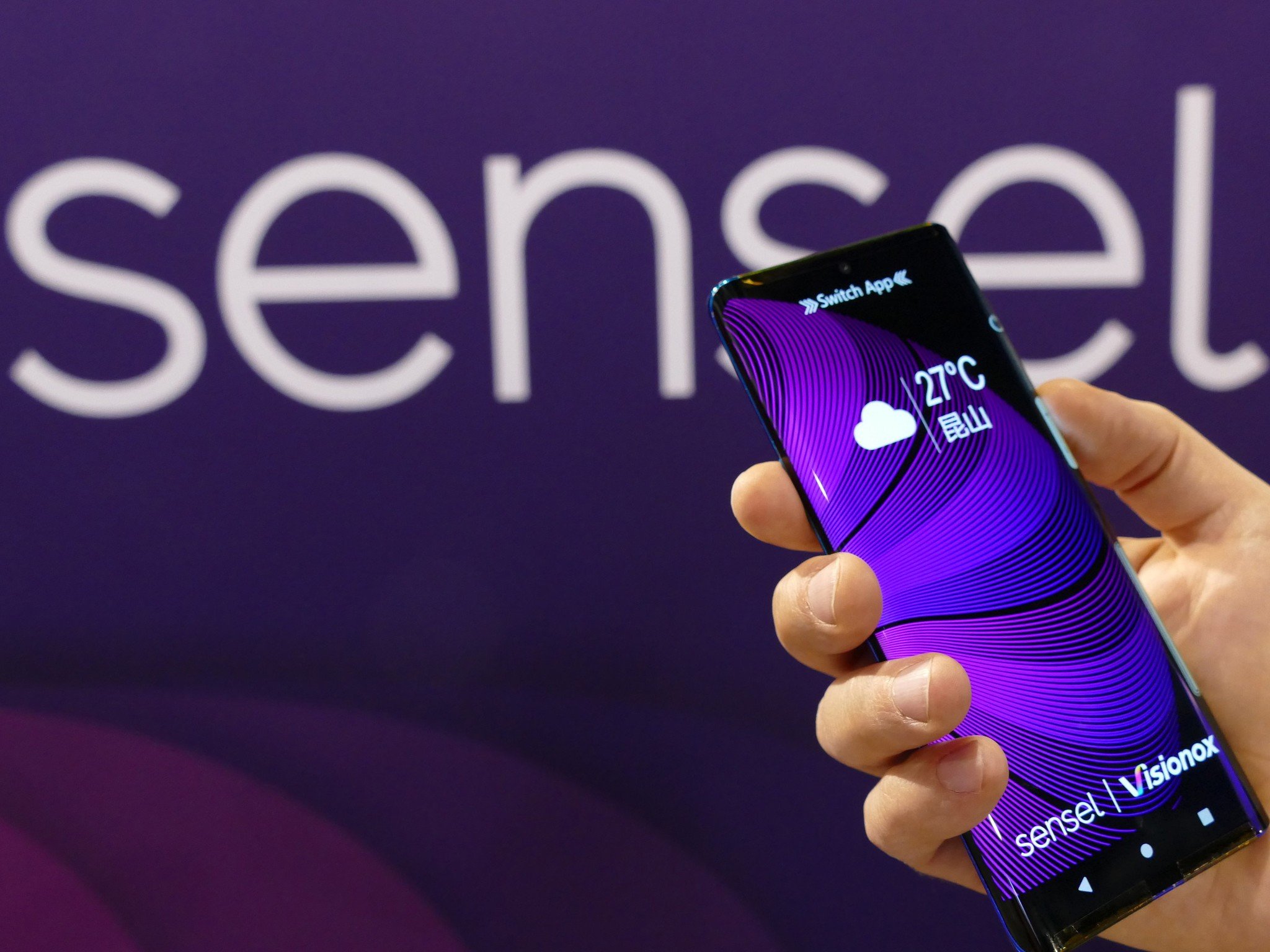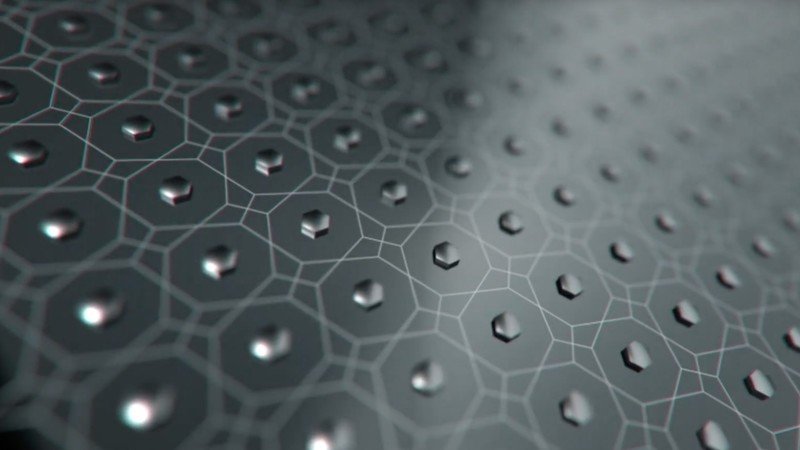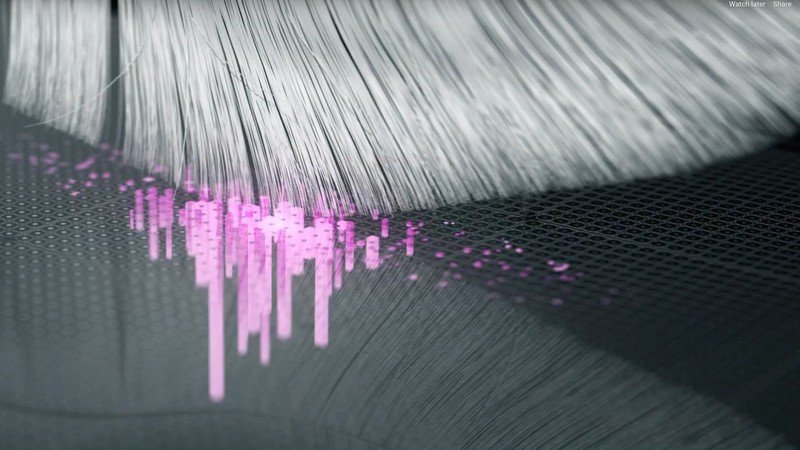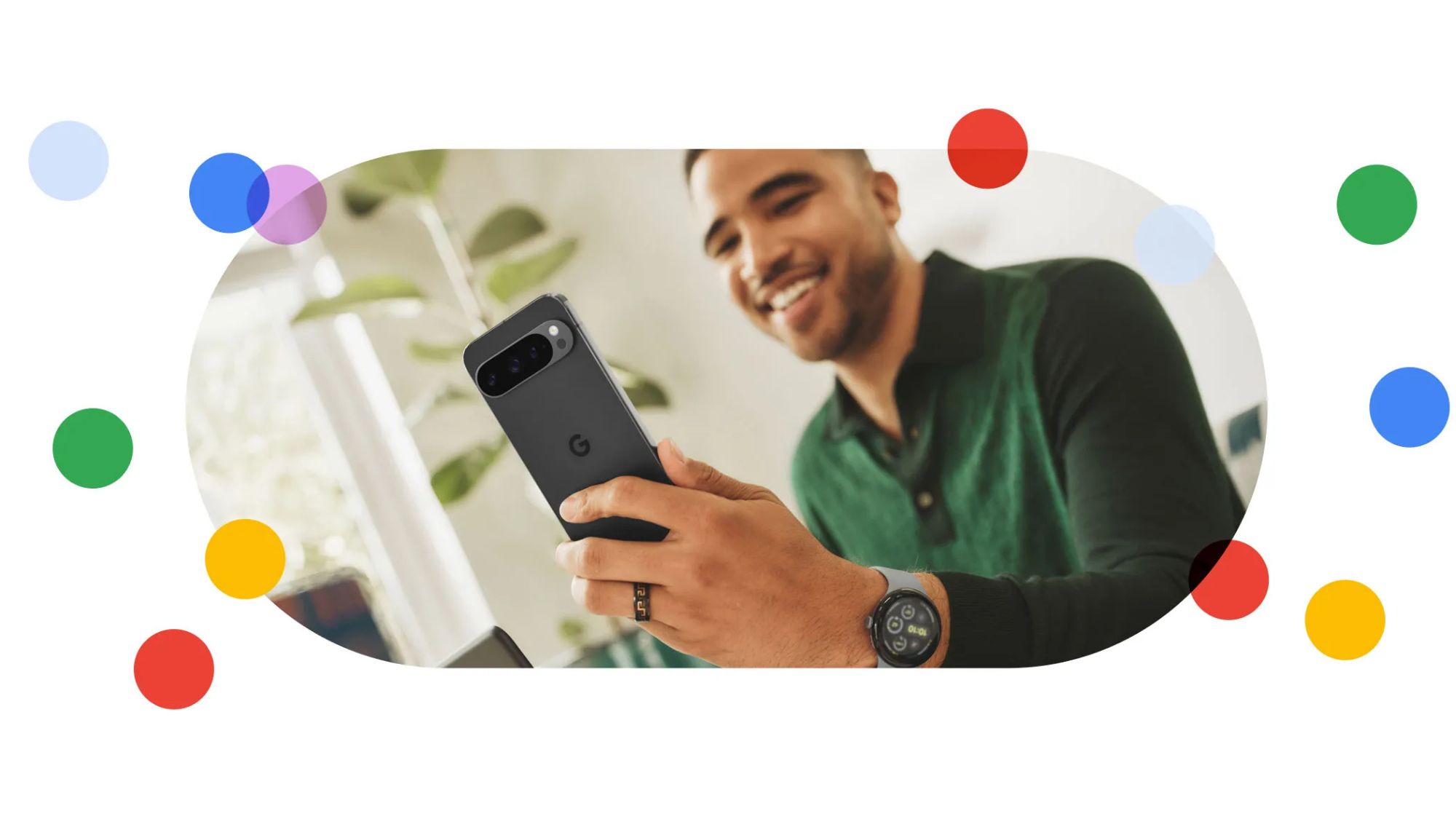Sensel pressure sensors at CES 2020 overcome the hurdles of modern touch

What you need to know
- Sensel's Pressure Grid technology is more flexible than current touch technology.
- These sensors can work in rain, with gloves on, and beneath a variety of materials.
- Sensel sensors can detect pressure from a scant one gram up to five kilograms.
Sensor company Sensel makes a touch-sensitive "Pressure Grid" technology that offers precision and force sensitivity without many of the drawbacks of current touchscreens, which rely mostly on capacitive touch tech. Capacitive screens monitor changes in capacitance caused by your fingertips through static electricity. This means that environmental factors that affect static charge, like water falling from the sky or thick gloves, will keep the tech from working optimally.
Sensel sensors rely on pressure sensitivity from sensors arranged in an array and working together for precise input. This means Sensel sensors could be placed under different surface types than just glass, and could curve easier than current touch sensors.

Sensel says it wants to bring back touch to the edge of phones, which is an odd mission because touch is disabled at the edge of curved devices for usability reasons, not technological limitations. It would be too easy to register accidental taps on a screen that curves to the edge. To this end, Sensel has numerous methods for properly detecting the intentions of the user. The technology can distinguish between right and left hands, it can tell if you are tapping with intent or accidentally, and the company says it has excellent palm rejection. The Pressure Grid sensors can also detect variations in force from less than one gram to more than ten pounds of exertion.

We recently previewed alternative touch technology based on ultrasound from Ultrasense. It is encouraging to see that as phones improve but features begin to stagnate, hardware developers are looking to solve some of the final remaining pain points of the smartphone form factor. Sensel sensors and alternatives to capacitive technology will allow more resilient devices with new materials and designs, a shot in the arm the industry desperately needs.
CES 2020: The biggest news and announcements so far
Be an expert in 5 minutes
Get the latest news from Android Central, your trusted companion in the world of Android

